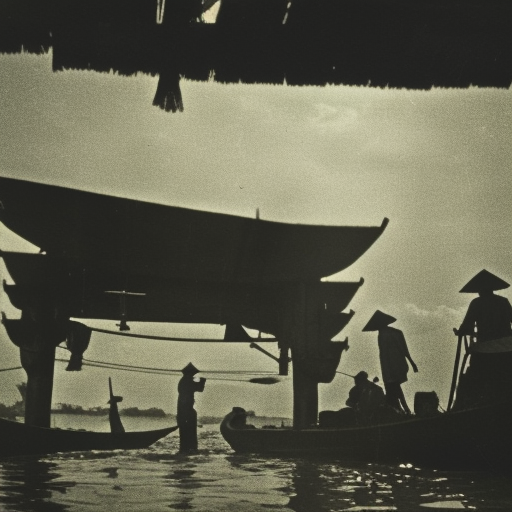Summary:
The second expedition to Palembang was a military campaign led by the Dutch East India Company (VOC) in 1818 to regain control over the Sultanate of Palembang, located in present-day Indonesia. The expedition was successful, resulting in the surrender of the Sultanate and the establishment of Dutch rule in the region.
Background:
Palembang was an important trading port in the 17th and 18th centuries, attracting various European powers. The Dutch had initially established control over the region in the 17th century but lost it to the British during the Napoleonic Wars. After the British returned control to the Dutch in 1816, the Sultanate of Palembang refused to acknowledge Dutch authority, leading to the second expedition.
The Expedition:
The Dutch expedition, led by General Hendrik Merkus de Kock, set sail from Batavia (now Jakarta) in July 1818. The Dutch forces consisted of around 3,000 troops, including European soldiers and native auxiliaries. They were supported by a fleet of warships and armed vessels.
Upon reaching Palembang, the Dutch forces encountered resistance from the Sultanate’s army. The Dutch launched a series of attacks, gradually pushing back the Sultanate’s forces. The decisive battle took place on September 24, 1818, when the Dutch successfully stormed the Sultanate’s fortifications and captured the city.
Consequences:
With the surrender of Palembang, the Sultanate’s power was effectively broken, and Dutch rule was reestablished in the region. The Dutch implemented a system of indirect rule, allowing local rulers to retain some authority under Dutch supervision. The Dutch also imposed a monopoly on trade, further strengthening their control over the region.
The second expedition to Palembang marked the end of the Sultanate’s independence and its integration into the Dutch colonial empire. The Dutch continued to rule over Palembang until Indonesia gained independence in 1945.
Impact:
The Dutch reestablishment of control over Palembang had significant consequences for the region. The Dutch implemented various reforms, including the introduction of a modern administrative system, the construction of infrastructure such as roads and bridges, and the promotion of plantation agriculture.
The Dutch also brought about changes in the social and cultural fabric of Palembang. They introduced Western education and Christianity, leading to the emergence of a small educated elite. The Dutch influence also resulted in the adoption of European-style architecture and clothing among the local population.
However, Dutch rule was not without resistance. The local population, particularly the indigenous Malay and Chinese communities, faced exploitation and discrimination under Dutch colonial rule. This led to various uprisings and movements for independence in the following decades.
Conclusion:
The second expedition to Palembang in 1818 marked the Dutch East India Company’s successful campaign to regain control over the Sultanate of Palembang. The expedition resulted in the surrender of the Sultanate and the establishment of Dutch rule in the region. The Dutch implemented various reforms and brought about significant changes in the social, cultural, and economic landscape of Palembang. However, their rule also faced resistance and ultimately contributed to the growing movement for independence in Indonesia.












